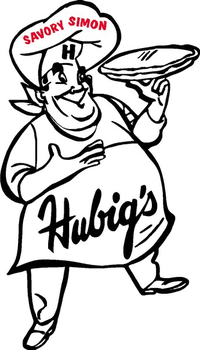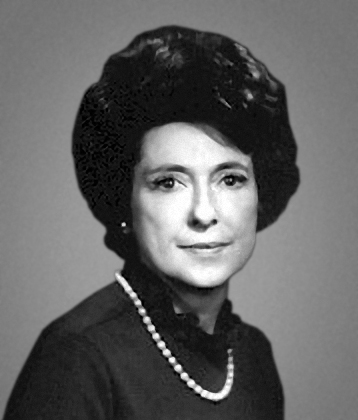|
Today in New Orleans History |
|
|
July 27


 To receive an update for each day in New Orleans history,
join our facebook page - Today in New
Orleans History.
 To receive an update for each day in New Orleans
history, join our facebook page
- Today in New Orleans History
Lindy Boggs Dies After the October 16, 1972 dissapearance of the twin-engine Cessna plane
in Alaska, in which was a passenger, Lindy Boggs ran successfully in a 1973 special election as a Democrat for his vacated
seat in Louisiana's 2nd congressional district, based about New Orleans. Lindy was elected to a full term in 1974 with
82 percent of the vote and was reelected seven times thereafter until she vacated her office in January 1991. She
was the first woman elected to Congress from Louisiana and the first female to preside over a major party convention
(the Democratic National Convention of 1976). In 1994, Boggs was inducted into the Louisiana Political Museum and Hall
of Fame. In 1997, President Bill Clinton appointed her official U.S. ambassador to the Holy See, a position she held until
2001. In 2006, she was awarded the Congressional Distinguished Service Award for her time in the House of Representatives. Lindy Boggs died of natural causes at her home in Chevy Chase, Maryland on July 27, 2013. A funeral Mass was
held on August 1, 2013 at St. Louis Cathedral. Interment followed later in the day at St. Mary's Cemetery in New Roads. (Wiki)
David Peter Cradick, radio host and television personality known as Kidd Kraddick, died on July
27, 2013, while attending an annual fundraiser for his charity, Kidd's Kids at Timberlane Country Club in Gretna
-- the result of arteriosclerotic and hypertensive cardiovascular disease, read a report released by the Jefferson
Parish Coroner's Office. (Wiki) Allen Joseph Ellender (September 24, 1890 – July 27, 1972) graduated in 1909 from
St. Aloysius, studied law at Tulane, and was admitted to the bar in 1913. He began his practice in Houma at the
age of twenty-three. Ellender served as a U.S. senator from Houma from 1937 until 1972 when he died in
office at the age of eighty-one. He was a Democrat who was originally allied with Huey Long. As senator, he compiled a generally
conservative record, voting 77 percent of the time with the Conservative Coalition on domestic issues. A staunch segregationist,he
voted against the 1965 Voting Rights Act. (Wiki) NOPL photo -- Kids keeping cool in front of Engine House 26, July 27, 1936. In the following days, several riots occurred as mobs of armed whites roamed the streets. The night of
the 25th caused the deaths of three blacks and the hospitalization of six more, plus five whites, and the injury of more than
50 people. Charles had taken refuge at 1208 Saratoga Street, where he remained safe
from the police until Friday, July 27. The house was quickly surrounded by police after they were informed of Charles's location.
Throughout the day, men from outside the house fired upon Charles, who sporadically returned the fire. By the end of the day,
Charles had shot a total of 27 white people in the course of the week, seven lethally; four of the victims were policemen. At this point, the police decided to burn down the building in which Charles was holed
up. When attempting to escape the smoke-filled building, Charles was shot by Charles A. Noiret, a medical student and member
of the special police (a police group of volunteer citizens). The policemen present continued to shoot Charles, then dragged
him outside where a mob of bystanders beat Charles's body.
John Watkins was the third mayor of New Orleans, serving from July 27, 1805 – March
8, 1807. |
|
|

To receive an update for each day in New Orleans history,
join our facebook page - Today in New
Orleans History.
Analytics |



